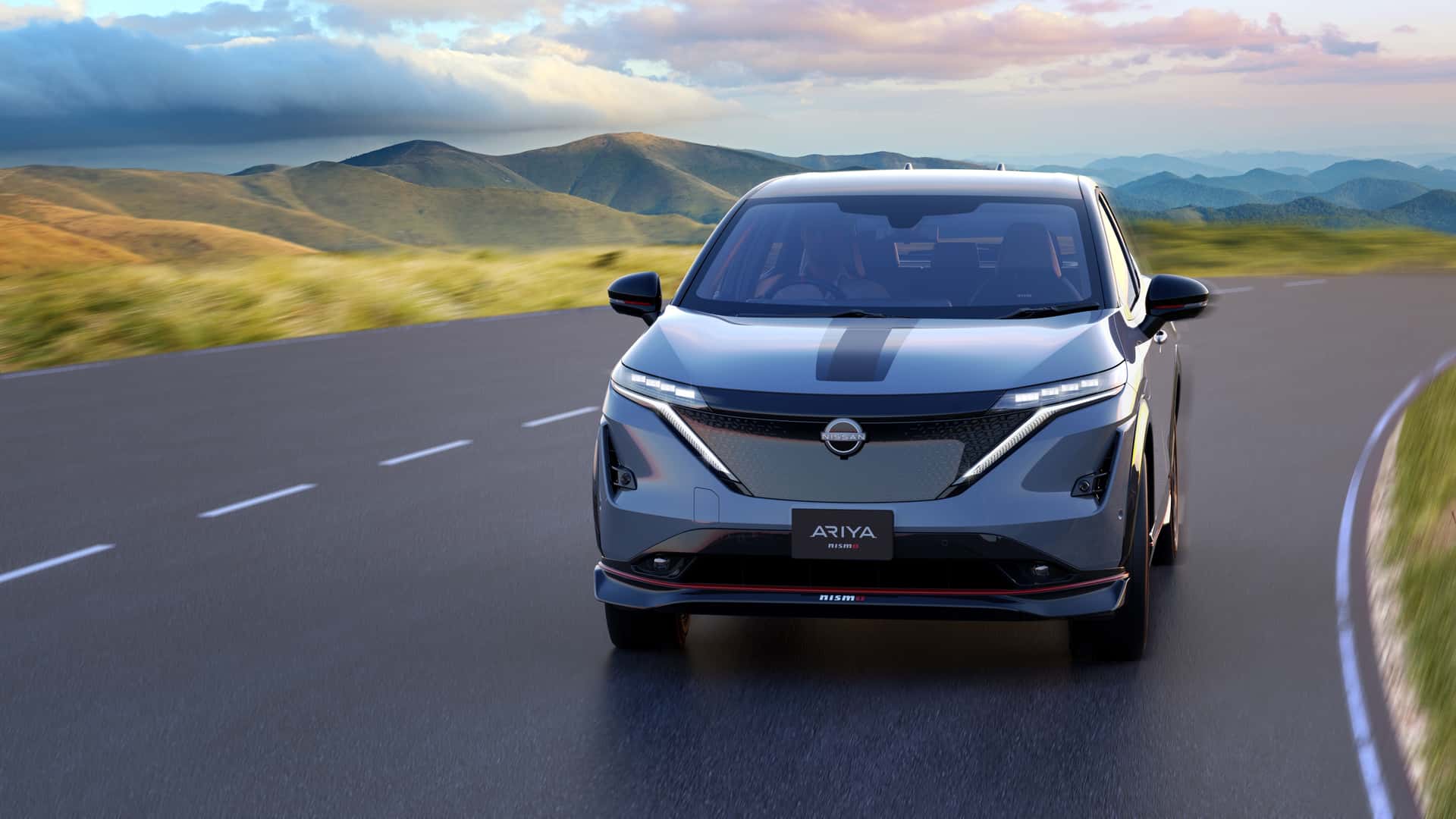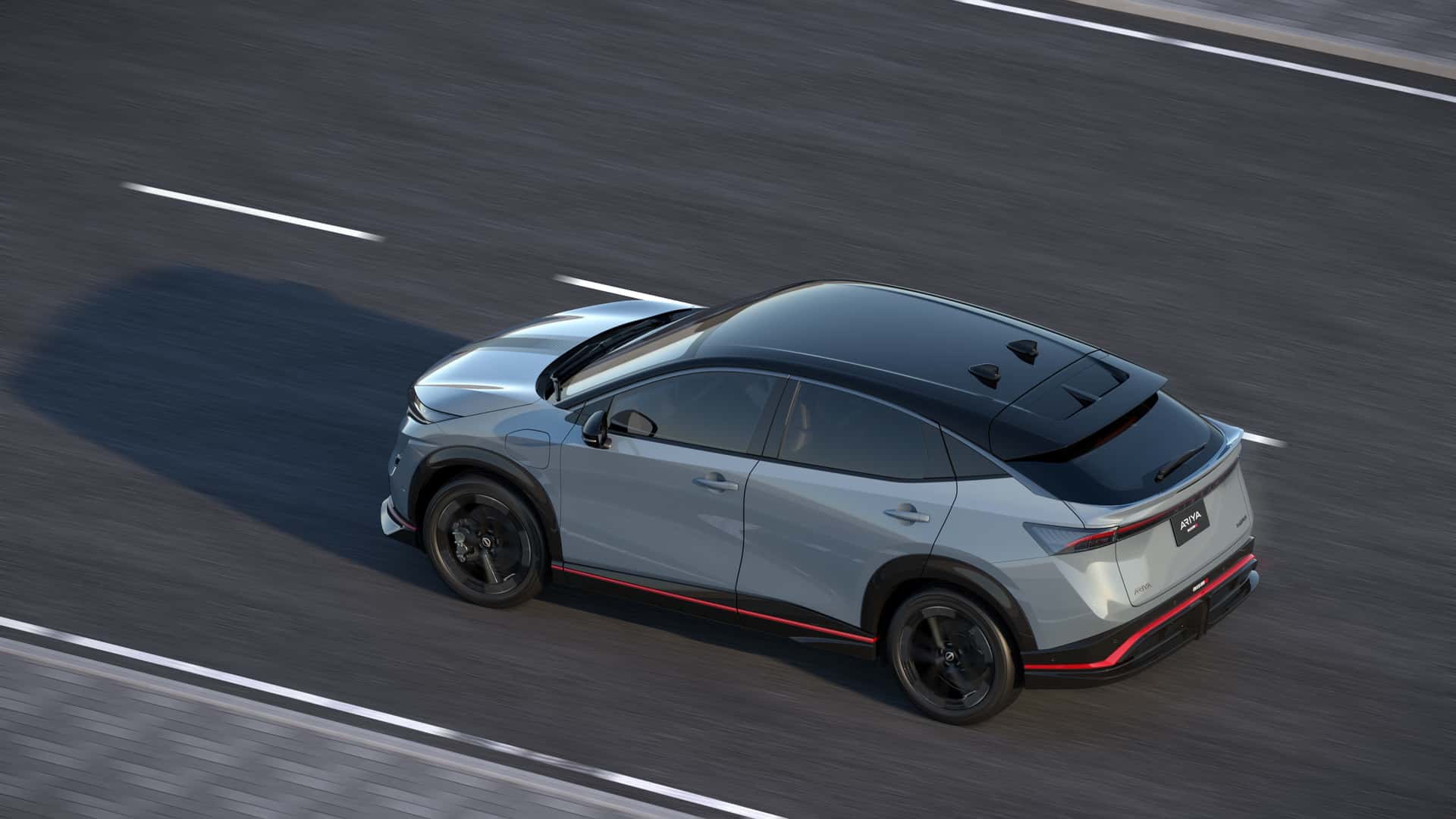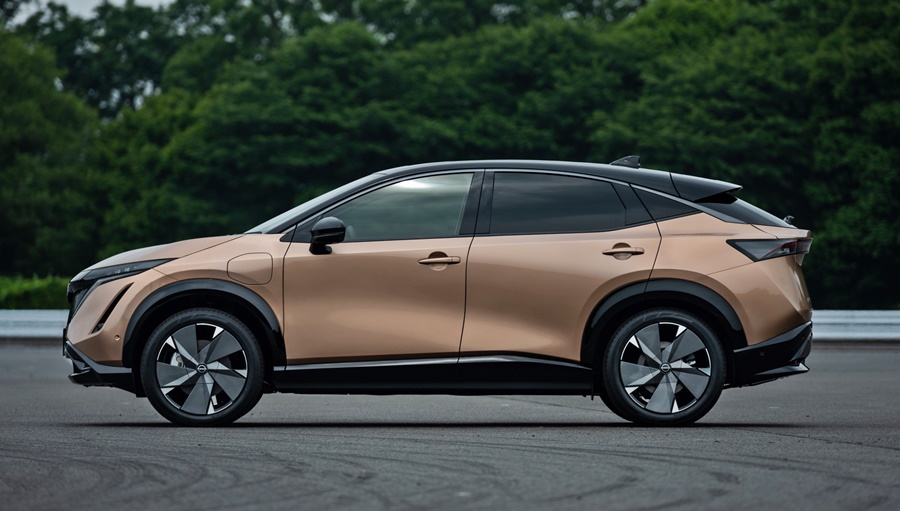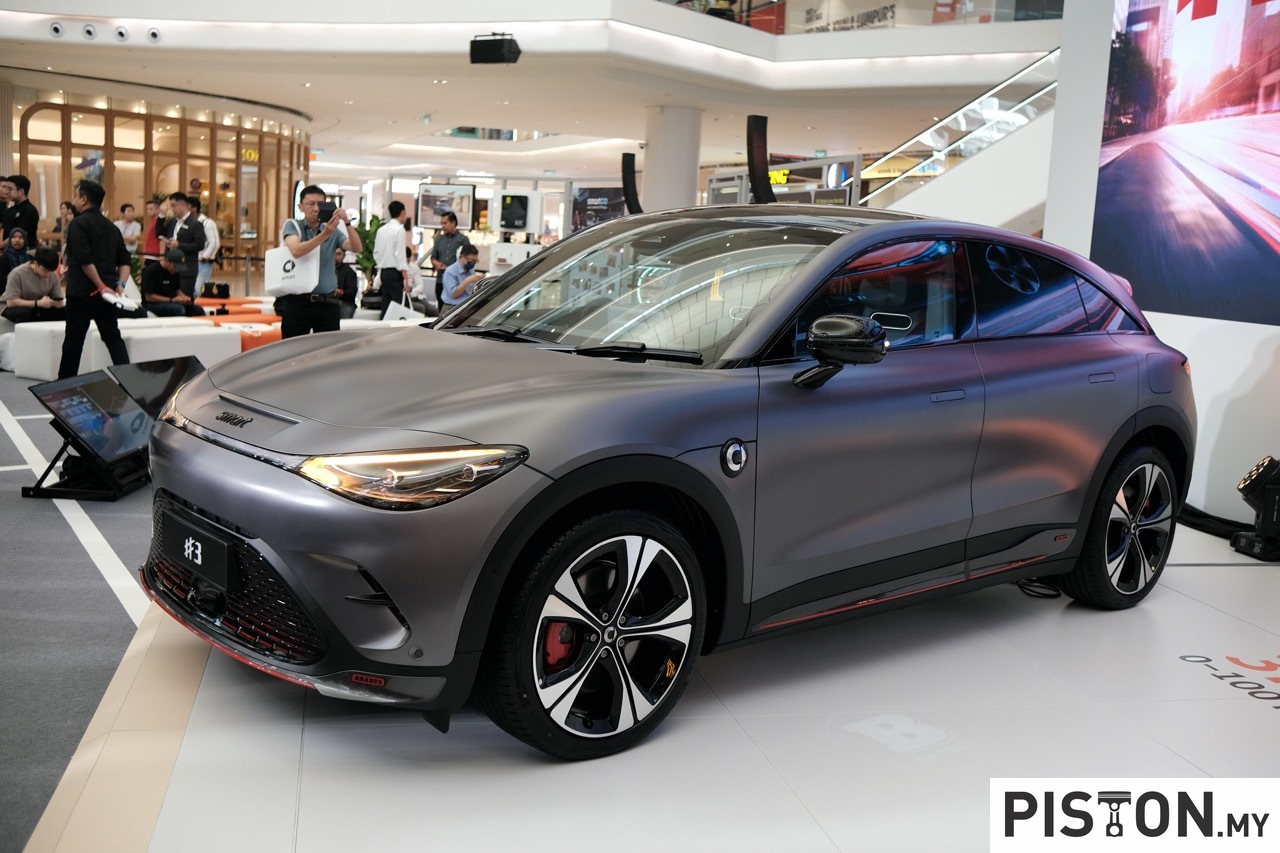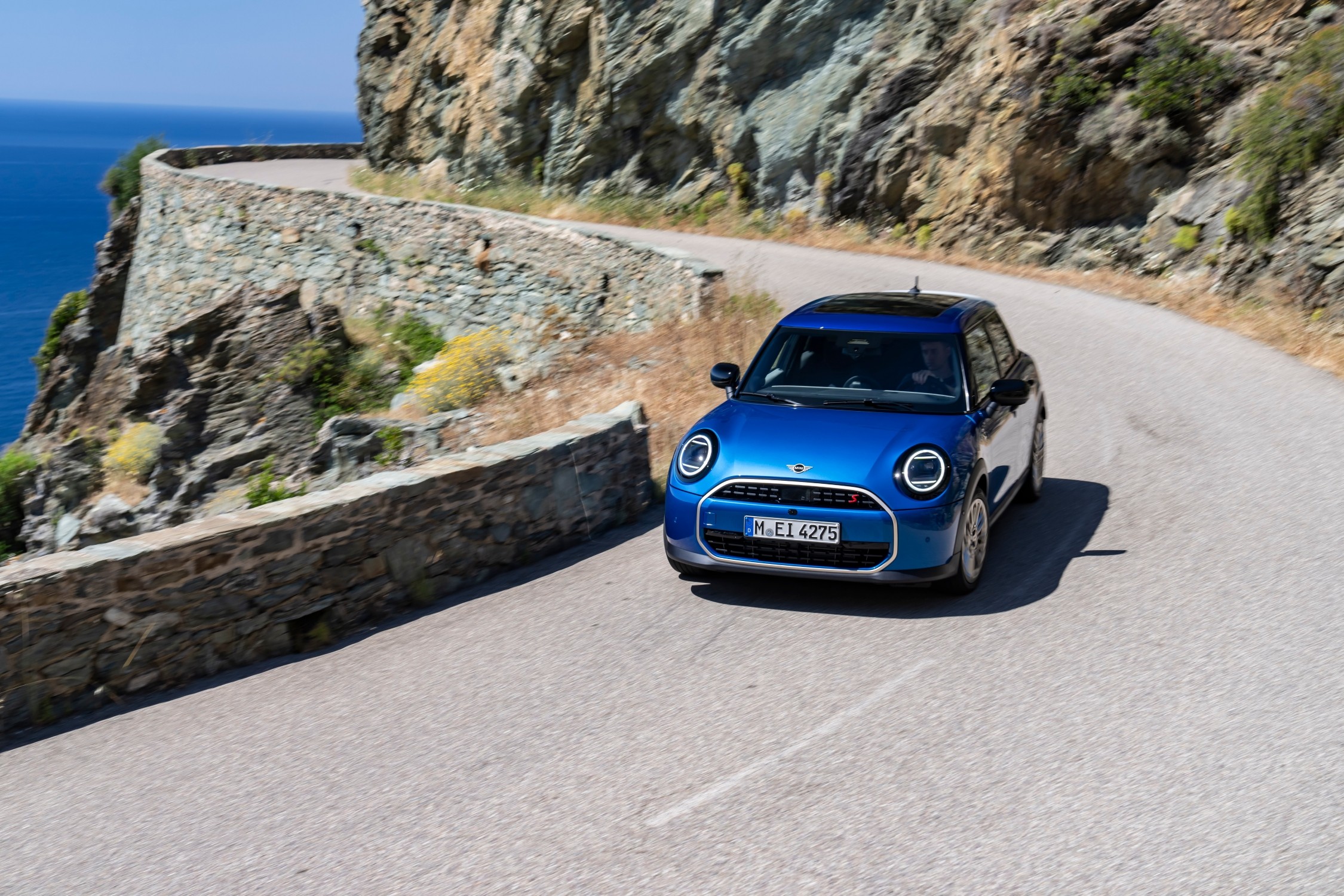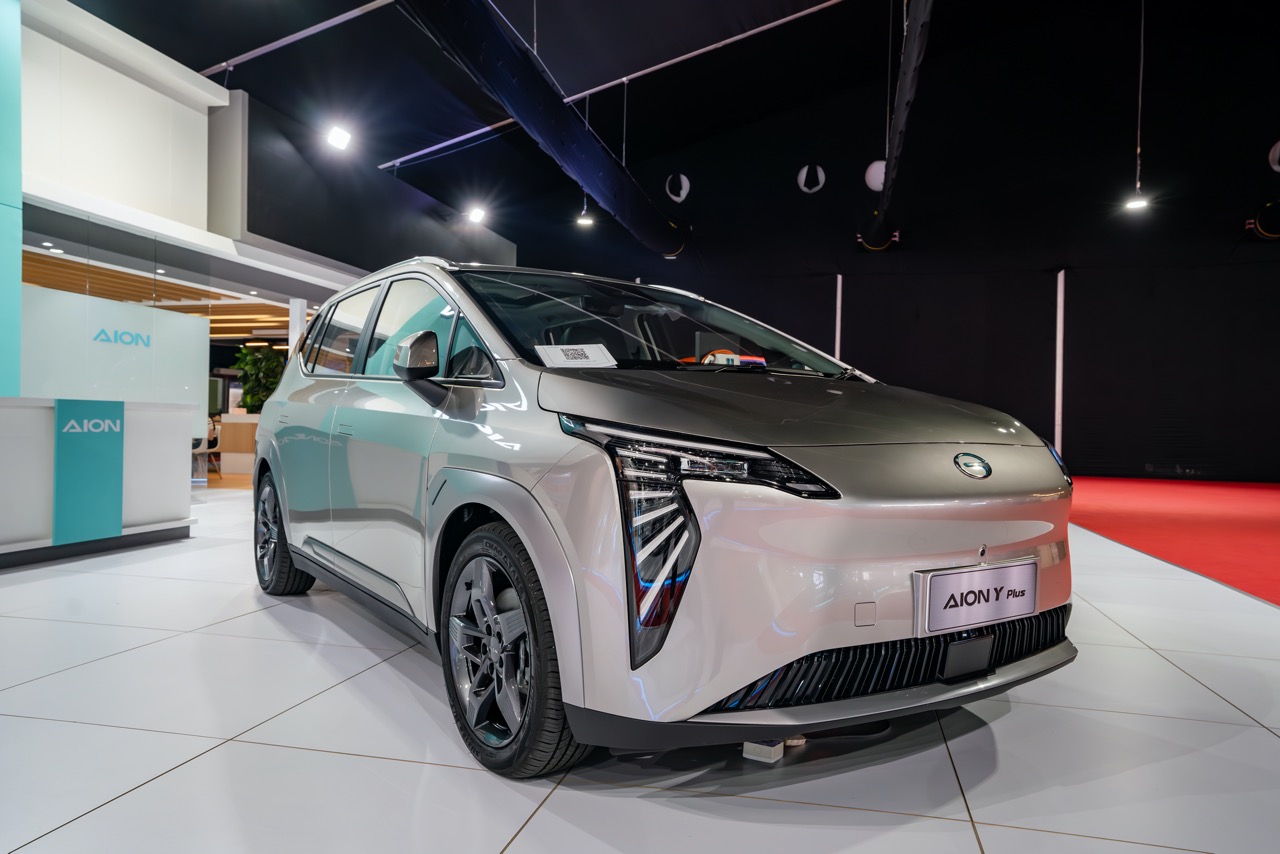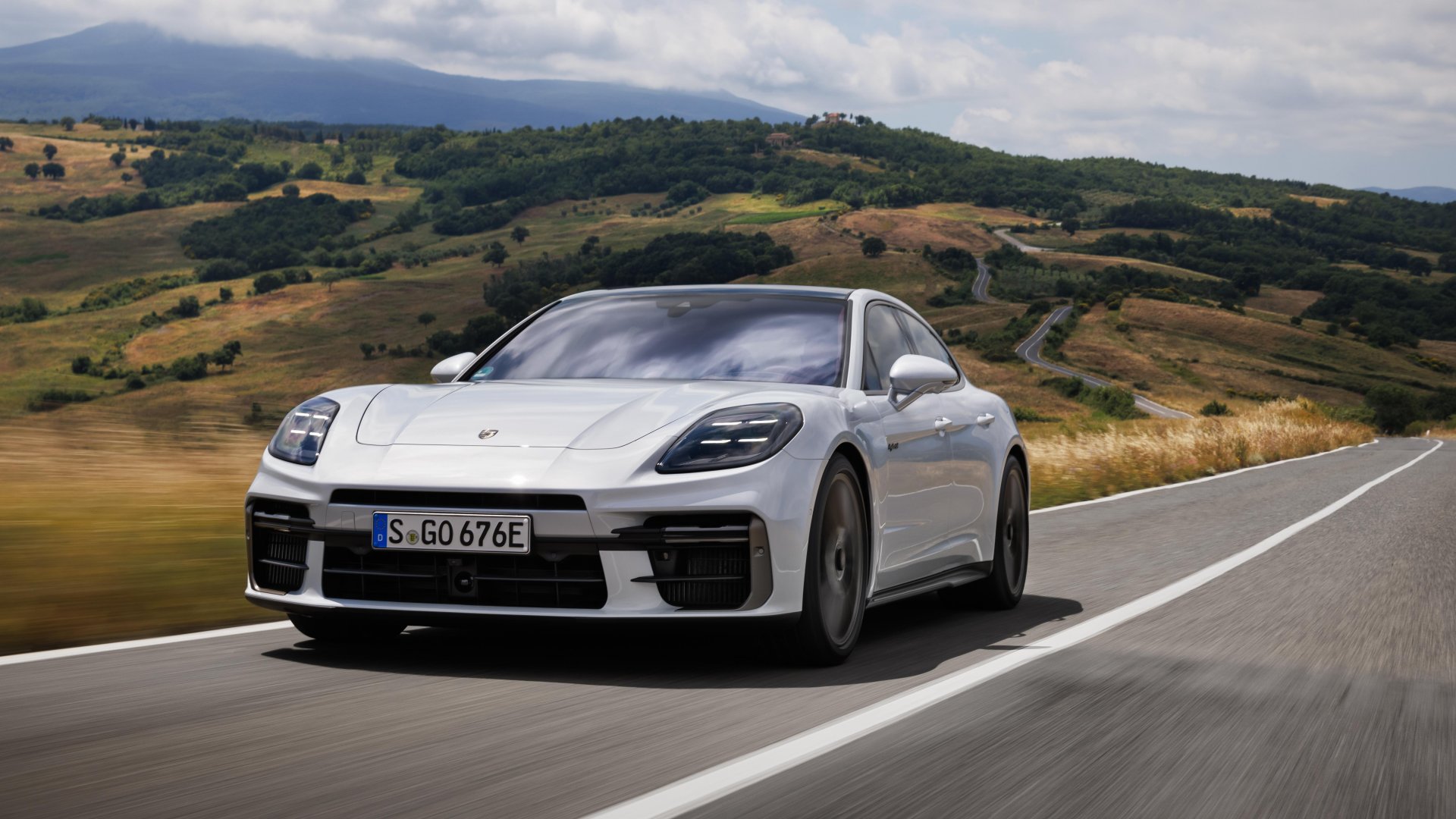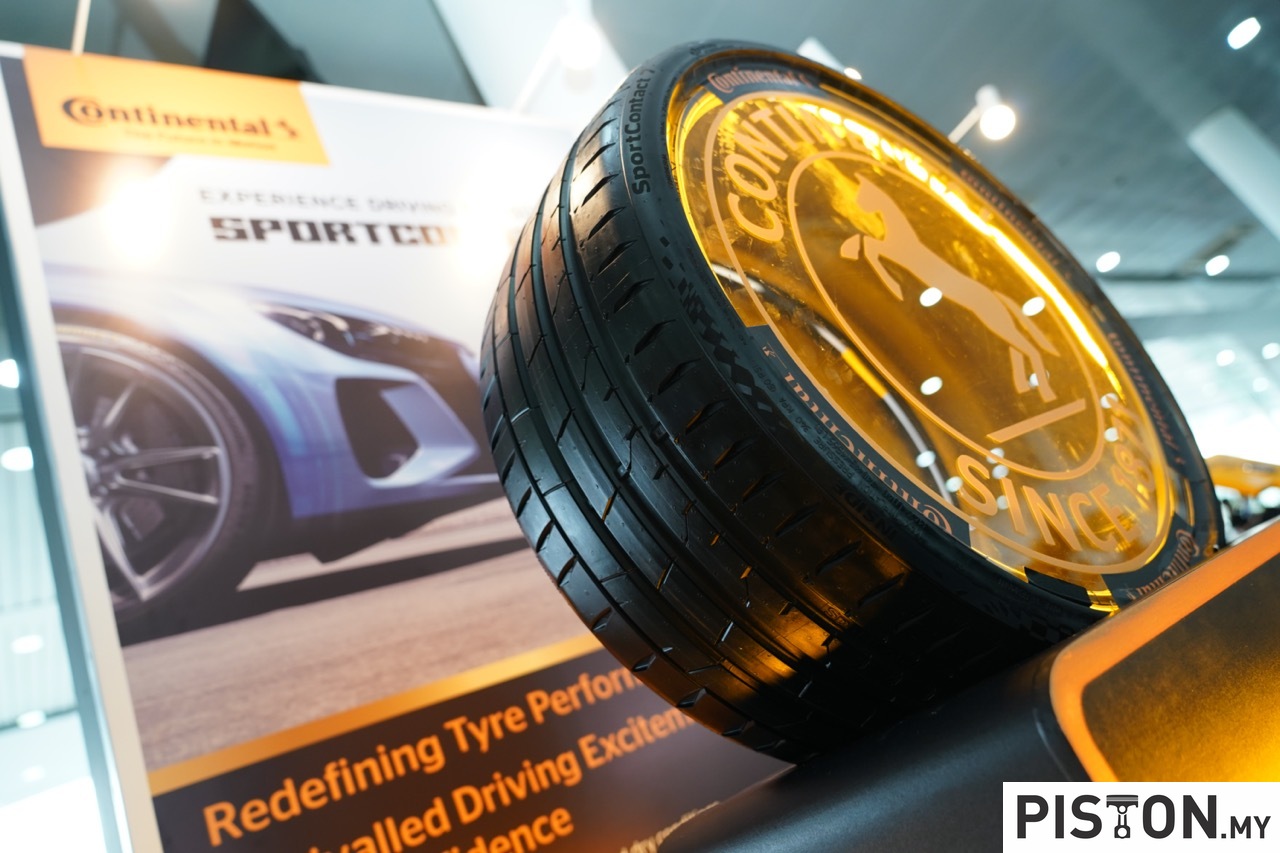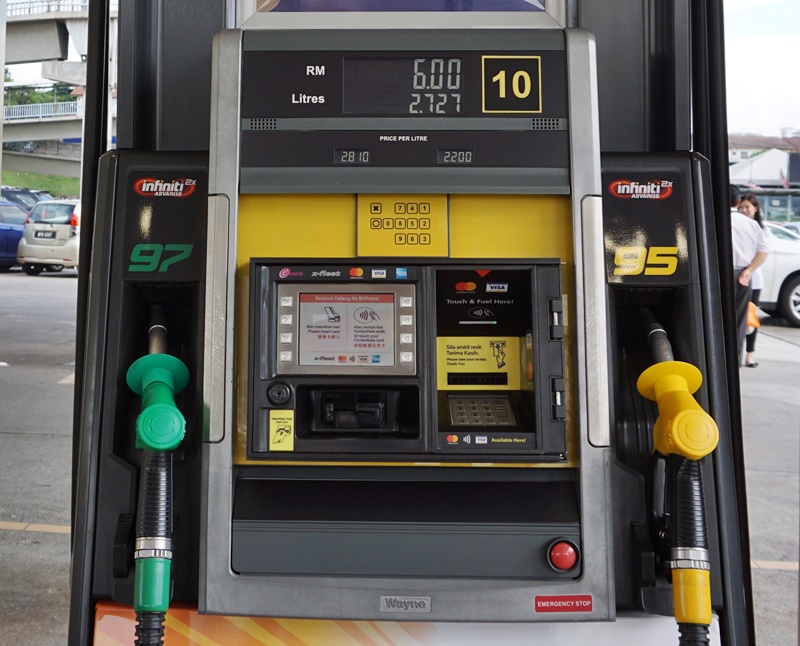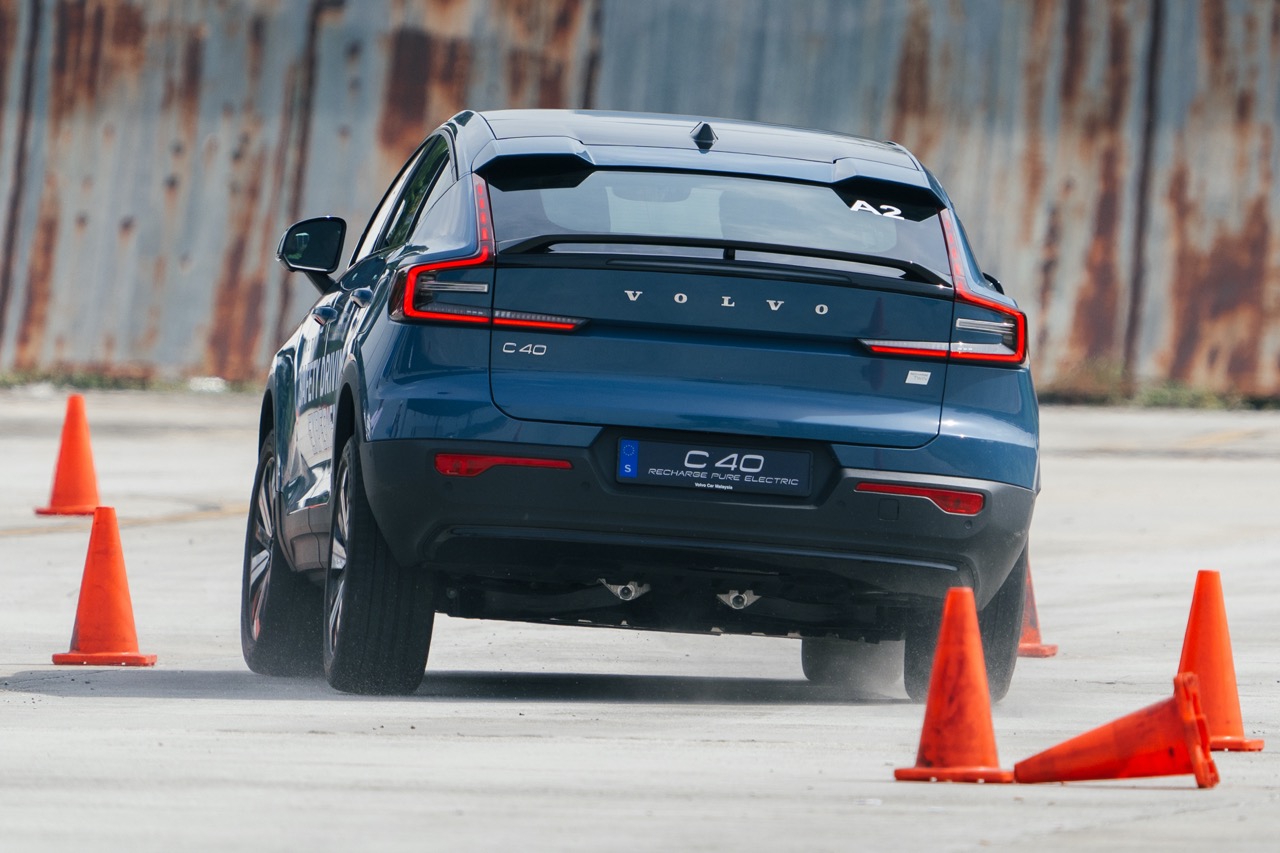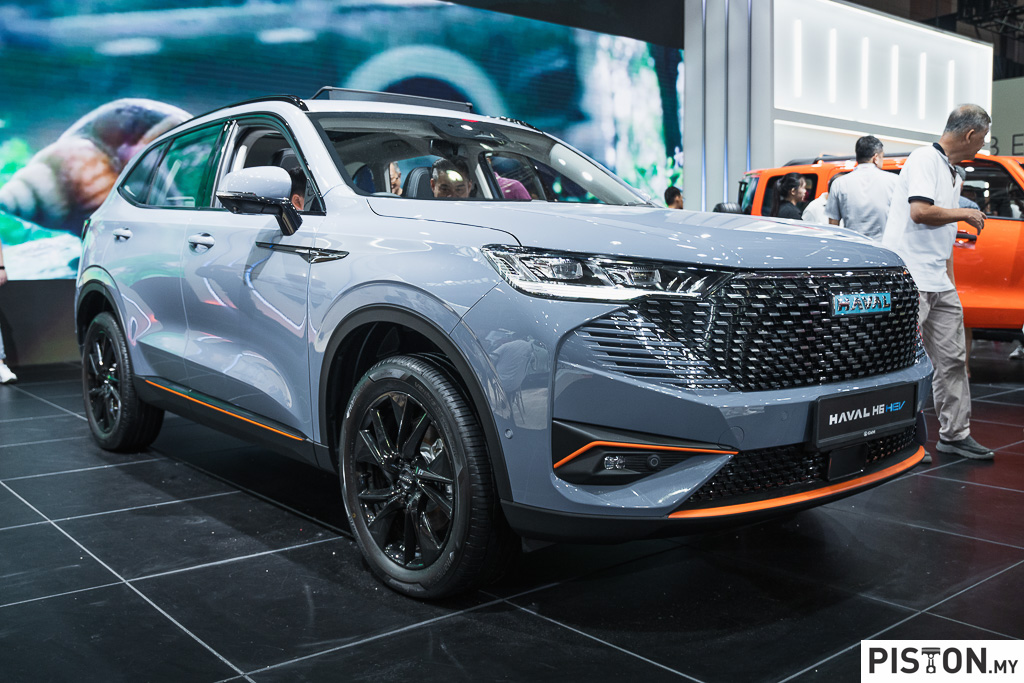Nissan Motor is working towards significantly reducing the cost of electric vehicles (EVs) by developing a new motor magnet made from inexpensive materials. This initiative is a part of their strategy to make EV manufacturing costs comparable to petrol vehicles by fiscal year 2030, ending March 2031. Achieving this goal would require a 30% reduction in EV production costs.
The recently developed magnet utilises a samarium-iron rare-earth alloy. Unlike traditional EV motors, which use neodymium magnets enhanced with dysprosium and terbium for heat resistance, Nissan’s magnet eliminates the need for these rare and supply-risk-prone materials. Neodymium and dysprosium primarily come from China, which has previously restricted rare-earth exports to Japan, highlighting a significant supply-chain risk.
Nissan’s samarium-iron magnet, primarily composed of samarium and iron, offers a promising alternative. Although samarium is a rare earth, it is a byproduct of neodymium production, making it more accessible. Currently used in samarium-cobalt magnets for aircraft engines, Nissan’s application of samarium in EVs would be a world first.
In Japan, annual demand for samarium is significantly lower than for neodymium, making it a cost-effective option. The market price for samarium is a fraction of neodymium, potentially reducing manufacturing costs by about 30%. This reduction is crucial as motor costs have been slower to fall compared to battery costs, where inexpensive lithium-ion iron phosphate products are becoming more common.
Developing the samarium-iron magnet presented challenges, particularly in the compression step that typically improves magnet performance. Neodymium magnets undergo sintering, but this process alters samarium-iron magnets, impacting their functionality. Nissan has devised an alternative compression method inspired by exhaust catalysts, though specifics remain undisclosed.
Ferrite magnets, which do not contain rare-earth metals, are another alternative but are currently much weaker than neodymium magnets and not widely used in EVs. Nissan’s samarium-iron magnet, however, boasts a magnetic-flux capacity about halfway between neodymium and ferrite magnets and matches neodymium magnets in heat resistance.
Currently, the samarium-iron magnet has only been produced in lab tests. Nissan must develop a larger version and determine mass-production methods. The magnet has yet to be used in EVs, and potential challenges will only become apparent during practical application.
Nissan already employs a non-permanent magnet motor in its Ariya SUV, utilising Renault’s expertise to reduce rare-earth metal usage. However, nonmagnetic motors are typically bigger and heavier, prompting Nissan to explore magnetic motor alternatives.
With a target for 40% of its models to be electric by fiscal 2030, Nissan is keen to gain a competitive edge amid rising competition from Chinese manufacturers like BYD. Innovations in motor magnets are seen as crucial to achieving this goal, as outlined by company President Makoto Uchida during the presentation of Nissan’s mid-term business plan.
Nissan’s commitment to affordable and sustainable EV solutions is evident in their continuous efforts to refine engineering, manufacturing, and supply chain processes, aiming to lead the EV market by 2030.



